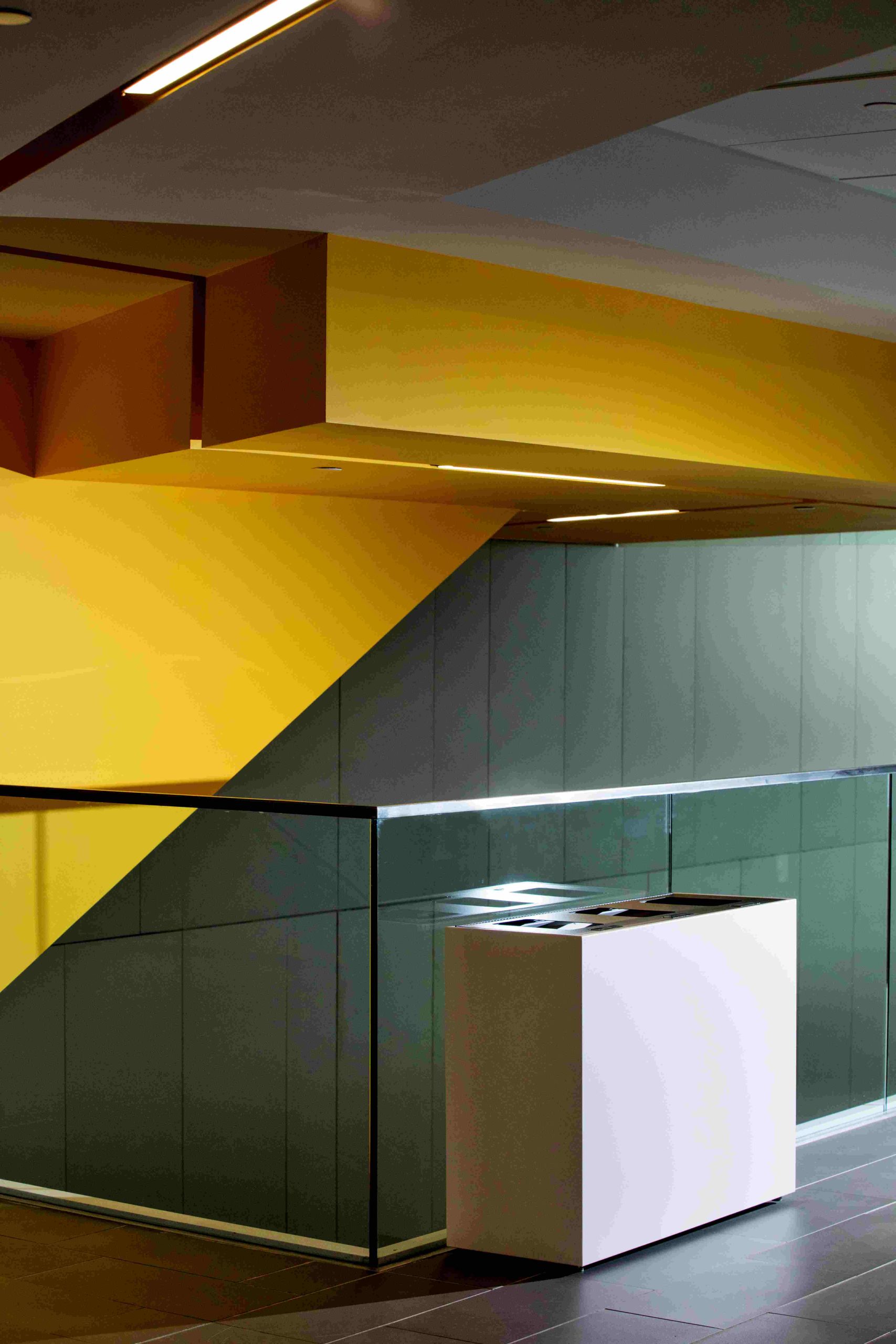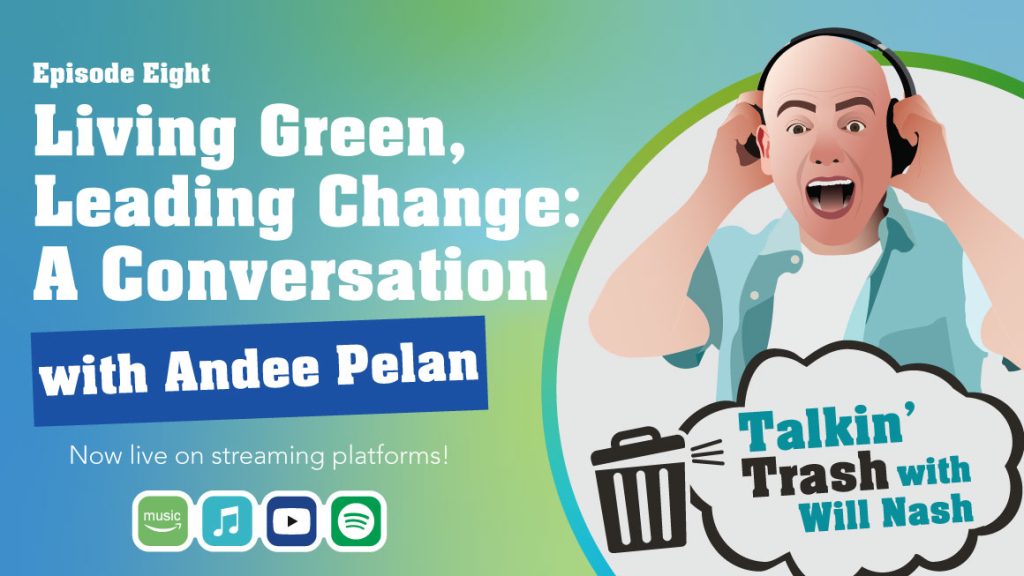Like many industries, the realm of architecture and construction is rapidly evolving. Through this ever-changing landscape, where precision and efficiency reign supreme, a silent revolution has been underway: the rise of BIM objects. BIM objects are revolutionizing architecture and construction. Building Information Modeling (BIM) objects are digital representations of physical building products, components, or materials that not only streamline design processes but also enhance collaboration and decision making across the entire lifecycle of a project.
What Are BIM Objects?
Imagine a digital library stocked with detailed 3D models of every imaginable building element Рfrom structural beams to HVAC systems, from furniture pieces (or recycling and waste containers) to entire fa̤ades. Now turn those digital Рbut not just as static images. BIM Objects are intelligent entities embedded with rich data attributes that describe their dimensions, materials, performance characteristics, and more. This data-rich approach enables architects, designers, engineers, and contractors to simulate, analyze, and visualize every aspect of a building project with unprecedented accuracy. The construction industry is now experiencing an incredible digital transformation.
Enhancing Collaboration and Efficiency
In the past, the design and construction phases often operated in silos, leading to inefficiencies, errors, and cost overruns. BIM objects bridge these gaps by serving as a common language among project stakeholders. Architects can specify precise requirements, manufacturers can showcase product attributes, and contractors can validate constructability – all within a shared digital environment. As advocates for environmentally conscious design, Busch Systems understands the importance of accessibility and efficiency in implementing sustainable solutions. We are proud to have our waste and recycling containers available as BIM objects to aid in the collaborative approach taken by architects, designers and contractors – helping to accelerate project timelines, and ultimately, reducing costs for all involved.
Driving Sustainability and Innovation
Beyond efficiency gains, BIM objects play a pivotal role in advancing sustainability goals. By analyzing the environmental impacts of materials and systems during the design phase, architects can make informed decisions that optimize energy performance and minimize waste. Moreover, BIM objects foster innovation by enabling experimentation with novel materials and construction techniques in a risk-free virtual setting before implementation in the physical world. As product leaders in the industry, Busch Systems is proud to offer most of our products as downloadable BIM Objects. As drivers of change, we are excited to see the world of design and construction thinking sustainably, not only in their sourcing of materials but in their inclusion of waste and recycling containers in the design and pre-construction phase. Whether you’re an architect, designer, or engineer, these resources are tailored to streamline your workflow and empower you to create eco-friendly spaces that prioritize waste management and sustainability.
“The good building is not one that hurts the landscape, but one which makes the landscape more beautiful than it was before the building was built” Frank Lloyd Wright

Embracing the Change
While the adoption of BIM objects represents a paradigm shift, embracing this change promises substantial rewards for the architecture, engineering and construction (AEC) industry. Architects and designers can unleash their creativity without compromising on functionality or efficiency. Contractors can deliver projects with greater prevision and predictability. Clients can visualize their future spaces with unprecedented clarity. Through this change, Busch Systems is excited to see another paradigm shift and that is the environmental forethought of waste and recycling containers designed into every space. When recycling and waste containers are an after-thought and not included into a space during pre-construction, you unlock the possibility that an ugly black bin is going to ruin the designers’ beautiful work! Busch Systems is proud to be leaders of this change – to have products that match the decor for every space, from sleek and modern containers like the Aristata Series, or the Mezzo Series with its minimalist look, to the Spectrum Series with its vivid color pop of color and customization abilities, all the way to the European-inspired Euro Series outdoor containers and the recycled lumber Aspyre Collection.

Our BIM (Building Information Modeling) Object Library
To facilitate the design process within the architecture, engineering and construction (AEC) industry, we’re partnered with leading providers specializing in the creation of BIM files, providing you with convenient access to our products for incorporation into your projects. In our BIM object library, you will find an extensive collection of BIM objects for our diverse range of recycling and waste containers, designed to seamlessly integrate into your digital models.
Browse through the available products within our BIM object library to discover how Busch Systems can help your project meet its waste diversion specifications. Whether you’re an architect, designer, or engineer, these resources are tailored to streamline your workflow and empower you to create eco-friendly spaces that prioritize waste management and sustainability.
BIM objects revolutionizing architecture and construction, so start exploring and revolutionize your design approach with Busch Systems’ BIM object library today! You can select to download from either ARCAT or CADdetails. By harnessing the power of digital information, we can build smarter, more sustainable, and more resilient communities for generations to come!



